The 10 Biggest Storage Stories Of 2014
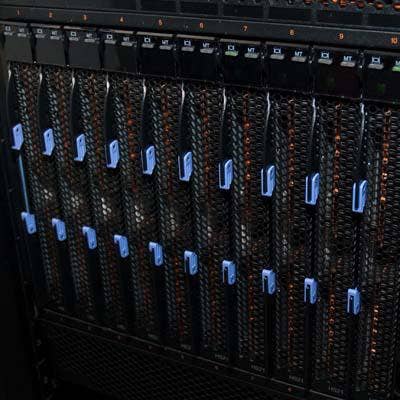
A Year Of Disruption
The storage industry in 2014 was marked by a wave of disruption as new technologies and business models threatened the old guard.
Interestingly enough, it was the old guard that sometimes led the disruption, whether it was EMC threatening the viability of storage hardware or Seagate helping customers access data on its hard drives without intervening storage technology. And technologies like the cloud or flash storage that in years past were helpful in differentiating storage offerings became check box features.
CRN was there watching it all unfold. Turn the page to see just how interesting a year it was with a look at all the key trends and key players in storage in 2014.

10. Cloud Storage Price Wars Get Serious
The cost of using cloud storage fell fast in March, helping to make it more ubiquitous.
Amazon that month dropped pricing for its standard and reduced redundancy storage from between 36 percent and 65 percent depending on capacity, letting customers do things like run a large Hadoop cluster for less than $1,000 per terabyte per year. Google dropped the price of its storage by up to 68 percent to 2.6 cents per gigabyte per month for standard storage, and 2.0 cents per gigabyte per month of durable reduced availability storage. Microsoft, not to be outdone, dropped the cost of its Azure cloud storage by up to 65 percent.
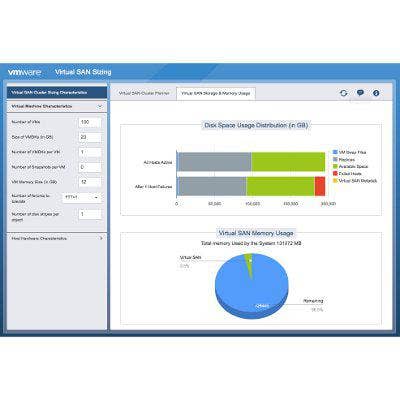
9. Software-defined Storage: (Almost) Ready For Primetime
While the hype surrounding software-defined storage is still loud, 2014 saw the technology follow in the footsteps of its cousin, software-defined networking, to become increasingly relevant.
VMware has grabbed significant mindshare if not yet market share with its VSAN offering, which seems a natural given VMware's allergies to any task-specific hardware. Other software vendors such as Nexenta have also been successful in pushing the technology.
However, the storage vendors who might be concerned by a technology which threatens to commoditize the value of their hardware have also pre-emptively embraced software-defined storage. EMC's ViPR is perhaps the best-known example, but most of the top storage vendors are also helping propel the technology.
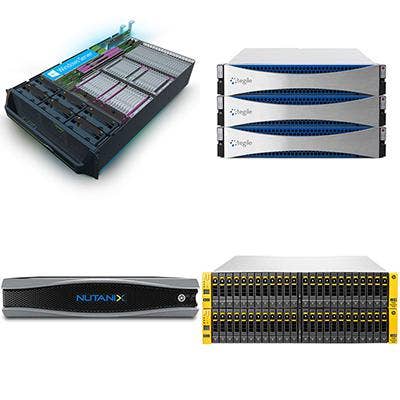
8. Flash Goes Mainstream
2014 may become known as the year flash storage moved from being thought of as a high-priced option to increase IT performance to a technology which is ready for the enterprise masses.
All major storage and server vendors in 2014 had flash storage solutions, with all-flash storage arrays starting as low as under $25,000 thanks to Dell's "Baby Compellent" offering. Every one except Cisco (see below).
The year also saw many of the upstart all-flash storage array vendors add enterprise-class storage functionality to their software, letting them finally focus on features and not just on performance.
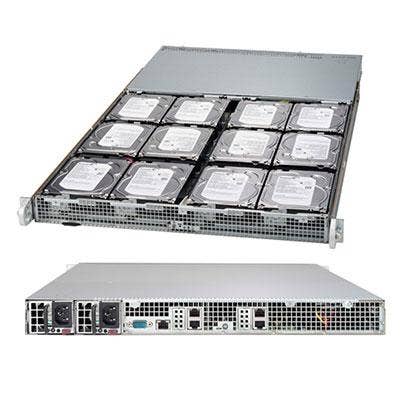
7. Seagate Kinetic: Connects Drives To Ethernet For Low-Cost Storage
Seagate threatened the status quo of many a storage vendor with the November release of its new Seagate Kinetic architecture, which allow hard drives to connect directly to Ethernet networks with no controller in between. Seagate Kinetic drives, which represent the first new protocol to be introduced to the mature hard drive business for years, are aimed at the scale-out object storage market.
The Seagate Kinetic drives look like traditional hard drives, but include Seagate's key value open source API to add Ethernet connectivity to object storage. They also feature two Ethernet ports in place of the SAS or SATA ports found in traditional drives.
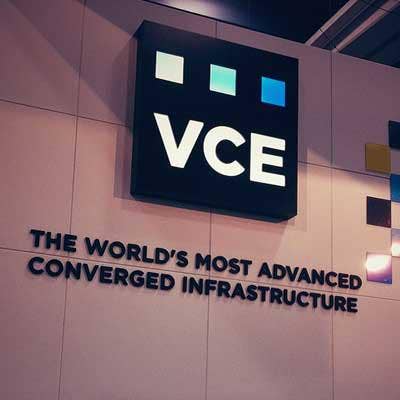
6. VCE's Independence Curbed
EMC and Cisco in October said their VCE joint venture developer of Vblock converged infrastructure solutions will be absorbed into EMC's Information Infrastructure business as a way for the two partners increase their agility while maintaining their close partnership over the longer term.
After buying out most of Cisco's 35 percent share in VCE, EMC is moving VCE into its federation of subsidiary companies, which includes VMware, Pivotal, and RSA. The move capped months of speculation that EMC and Cisco would change the relationship.
Cisco plans to retain a 10-percent share in VCE. The building of Vblock converged infrastructure solutions containing EMC, Cisco and VMware technology will not change.

5. Cisco Pulls Back On Invicta
One of the biggest storage news stories of 2014 was actually non-news: Cisco's Invicta flash storage technology broke.
The storage industry had been expecting Cisco to use its Invicta technology for anything from speeding up application performance with UCS infrastructures to acting as a full-fledged storage array in competition with key Cisco storage partners like EMC and NetApp.
Instead, glitches in the Invicta technology caused Cisco to delay shipments, a move which also resulted in a top sales exec for the technology to leave the company. That delay put off the question of what impact the Cisco storage will have on the rest of the industry.

4. Big Year For Acquisitions
A lot of storage acquisitions were consummated in 2014, including about 30 on CRN's list, although the number is probably higher.
Among the more interesting acquisitions:
-- EMC in October unveiled the acquisition of three cloud companies including OpenStack IaaS solution developer Cloudscaling, global namespace provider Maginatics, and cloud-based application data backup and recovery provider Spanning.
-- HDS, which became the last storage vendor with a backup appliance when in August it acquired Sepaton (spelled backwards, that's "no tapes").
-- Pure Storage, which in June acquired 150 patents from IBM.
The big acquisition that DIDN'T happen? HP did not acquire EMC, despite widespread rumors that such a deal was in the works.

3. Big Year For Funding
2014 was a banner year for storage funding as investors poured huge sums of money into some of the hottest new kids on the block, especially in flash storage.
Leading 2014 in terms of investments was Dropbox which early in the year scored new funding of between $250 million and $450 million, depending on who you believe, as Dropbox wasn't talking publicly.
It was followed by all-flash storage array vendor Pure Storage, which in April raised $225 million; copy data management technology developer Actifio, which in March raised $100 million; all-flash storage array vendor SolidFire, which in October raised $82 million; and yet another flash array vendor, Kaminario, which raised $53 million.
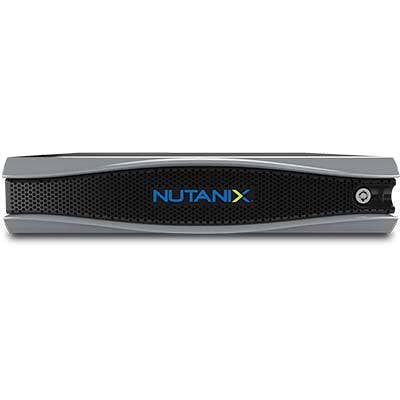
2. The Rise Of The (Hyper-)Converged Infrastructure
2014 saw hyper-converged infrastructure gain widespread recognition, and widespread market traction, with every major and a large percentage of secondary storage vendors moving fast to grab a piece of the market.
Arguably the biggest shift in this business was VMware's 2014 introduction of its EVO: RAIL software stack which has been adopted by every server vendor except Cisco and by multiple storage vendors as an easy if not yet perfect way to get into the market. Pioneer Nutanix, meanwhile, showed that hyper-converged infrastructure really is all about the software with its OEM deal with Dell.

1. It's Splitsville For Storage
At least four major storage vendors made the headlines either with plans or rumors of plans to split into two companies.
The first was CA, which in July sold its Arcserve storage data protection business to private equity to form a new company called, interestingly enough, Arcserve. Symantec plans to do the same, except for the "Arcserve" name part, with its storage business based heavily on Veritas. And Hewlett-Packard unveiled plans to split in two, including an enterprise business that comes with storage.
The big rumor of 2014, and one that continues into 2015, is that EMC will sell VMware or otherwise split or get itself sold.